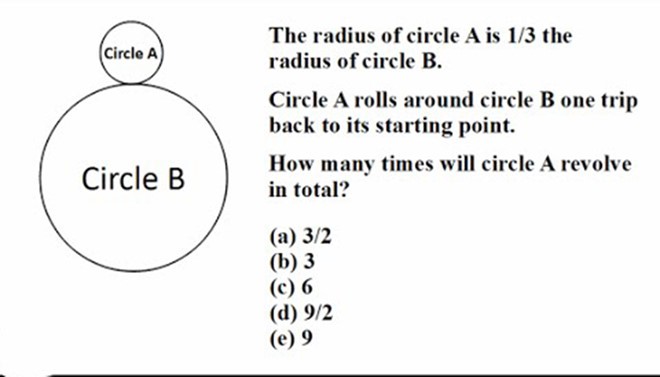Cho hình chóp S.ABCD có đáy ABCD là hình vuông, Sa vuông góc với mặt phẳng đáy và SA = 2a. Biết góc giữa Sd và mặt phẳng (SAC) bằng 300 . Tính thể tích khối chóp S.ABCD
A. VS.ABCD = \(\frac{2a^3}{3}\) B. VS.ABCD = \(\frac{a^3}{3}\) C. VS.ABCD = \(\frac{a^3\sqrt{3}}{3}\) D. VS.ABCD = \(\frac{a^3\sqrt{6}}{3}\)





Em học lớp 6 em ko câu trả lời sorry chị
dạ anh nhờ bn anh hay ai tl thay nha